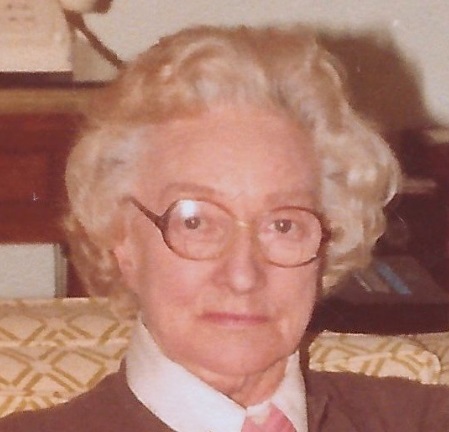When ELMS members Clare and Steve Campbell were invited to visit the Hunterian Museum, a medical museum, in Holborn, London, where their friend Sam is Director, they had not bargained on it having links to the shady world of WW2 escape lines and SOE.
Clare Campbell

Beryl Murray Davies was a dental surgeon with a successful Harley Street practice who recalled working closely with the Special Operations Executive (SOE) during the Second World War (1939 – 1945). Born on 26 December 1909. Despite the stigma against women in medicine and dentistry in the 1920s, her family were supportive of her chosen career. She studied at the University of Bristol between 1928 and 1933. Murray Davies was one of only three women to sit for her final exam for the License in Dental Surgery at the Royal College of Surgeons of England (LDSRCS Eng) in February 1933. She first appeared on the Dental Register in January 1934. Shortly after her qualification, Murray Davies moved to London to take up an apprenticeship in Wimpole Street.
In the early years of the Second World War, Murray Davies recollected being approached by the Special Operations Executive (SOE), an organisation known as ‘Churchill’s Secret Army’ which was formed to ‘set Europe ablaze’ through sabotage and espionage. According to SOE historian and code-breaker Leo Marks, she was responsible for replacing the agents’ British dental work with fittings suited to their cover so that their nationality would not be given away in occupied territory. This work also reportedly included hollowing out a portion of the molars in which to hide the SOE’s infamous L-pills, or cyanide capsules. As Marks wrote, the agents ‘were scared of a lady dentist who had to make sure that none of their fillings were of English origin. She had also to change the impressions of their teeth before they left for the field in case the Germans had records of them. We had learned never to brief agents within a week either side of their appointments with her.’
Beryl Murray Davies moved to premises at 118 Harley Street in 1949 where she remained until her retirement in the late 1970s. In addition to her private practice, she also held a number of NHS posts. Away from her surgery, Murray Davies was a keen sailor and salmon fishing enthusiast.
Thanks to Dr Sam Alberti, Director of Museums and Archives, The Royal College of Surgeons of England, for allowing us an insight into some fascinating medical history.
